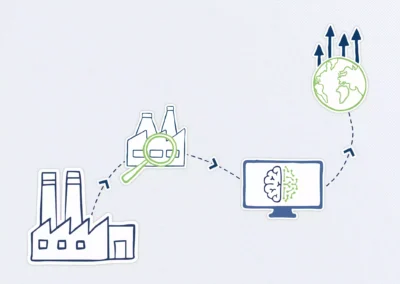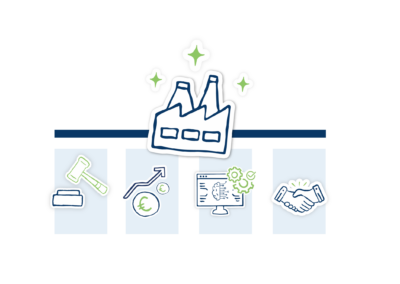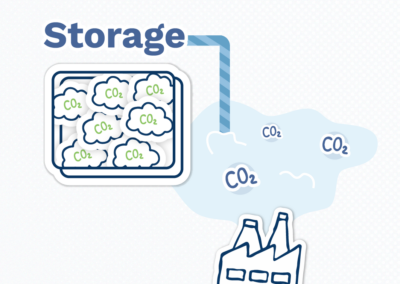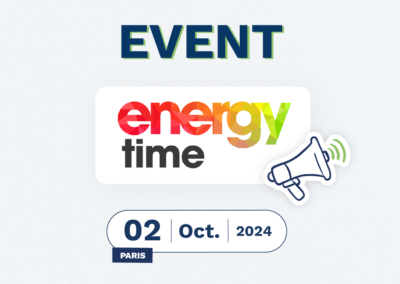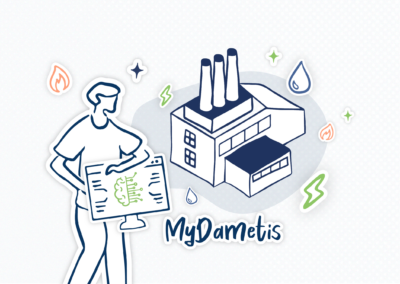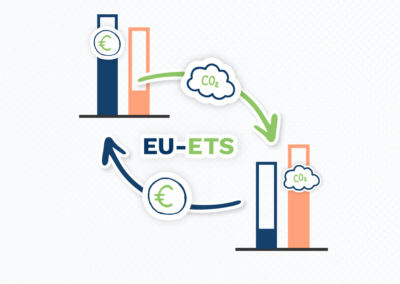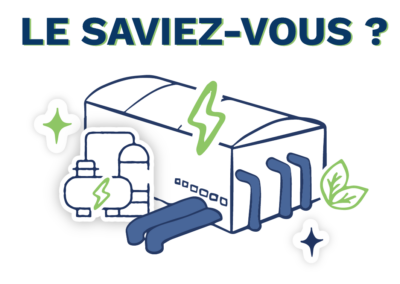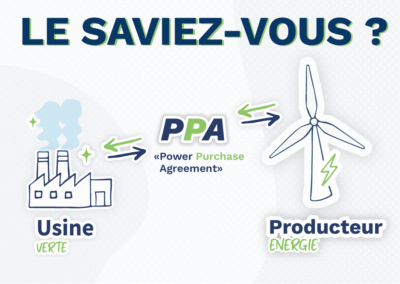
What is the Energy Mix?
The Importance of the Energy Mix
The energy mix monitors the use of energy sources. It allows for comparison of energy use evolution over time, between countries, and across sectors. There are three main benefits to the energy mix:
- Diversification of energy sources
- Setting goals at the company or country level
- Comparison over time and between sectors and countries
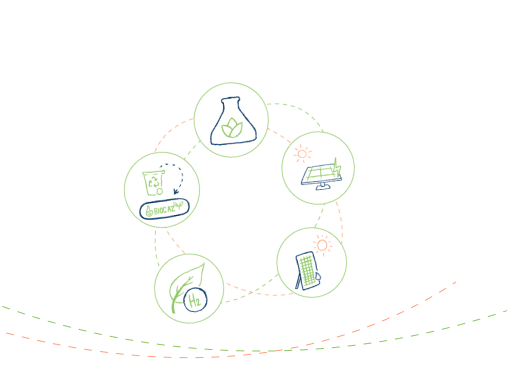
The Energy Mix: Diversifying Sources to Avoid Dependence
There are two reasons for diversifying energy sources:
- 1. Obligation and available means: For example, it is currently impossible to power a car using biomass. Also, the production and supply of green energy do not yet allow it to occupy 100% of France’s energy mix.
- 2. The need for independence for energy flexibility: For example, by limiting the prevalence of oil in the energy mix, your company will be less affected by price increases and potential shortages.
Setting Goals with the Energy Mix
Economic Goals of an Energy Mix
Ecological Goals of an Energy Mix
Legal Goals of an Energy Mix
The Energies in France’s Energy Mix
Nuclear in the Energy Mix
Renewable Energy in the Energy Mix
Hydraulic and Wind Energy in the Energy Mix
Energy comes from machines that convert water movement into energy. Wind energy works similarly, using air movement. These energies do not emit CO2 during production. The main challenge is the ability to produce and transport this energy in large quantities.
Nonetheless, they are already the second and third largest sources in France’s energy mix, with 17.5% of France’s total energy in 2019. Hydraulic and wind energies are the top two renewable energy sources in France.
Biomass in the Energy Mix
Biomass consists of plant materials that can be converted into electricity. Biomass releases little CO2 during conversion, which is then absorbed by the forests that produce the biomass, making it a renewable energy.
However, the amount of energy produced by biomass does not allow it to have a predominant place in the energy mix today, as biomass energy costs about twice as much as nuclear energy.
Gas in the Energy Mix
Oil in the Energy Mix
Coal is almost absent from France’s energy mix but accounts for 36.4% of the global energy mix in 2019. In contrast, nuclear power accounts for 70% of France’s electricity production but only 10% of the global energy mix. Each country makes different energy choices based on prices and available energies. For example, a landlocked country will use less hydraulic energy.
Trends and Evolutions of the Energy Mix
Year after year, France aims to make its energy mix greener by choosing energies that emit less CO2. Investments are made to discover new green energies and ways to exploit them on a large scale. The “Climate and Energy Act” sets a goal of net-zero CO2 emissions by 2050. This will involve methods to encourage companies to adjust their energy mix, either by incentivizing green energies with bonuses or discouraging others with taxes.
In addition to optimizing your energy mix and the distribution of energies used, Dametis helps optimize your energy efficiency to achieve the best profitability with the least energy possible.










